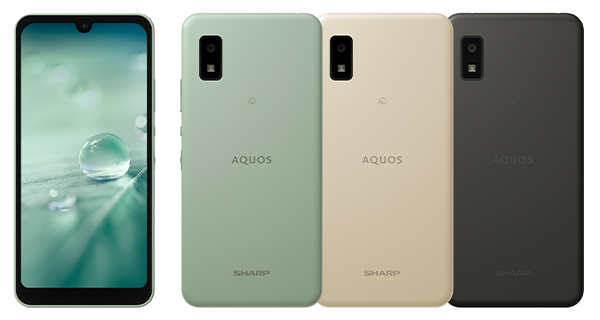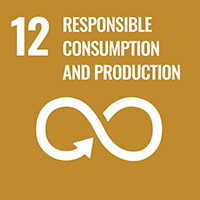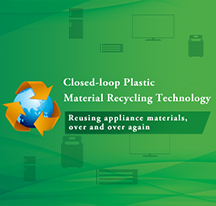Changing times, changing needs
What are the recent industry trends in environmental friendliness?
Kameyama: Around the time we were developing AQUOS wish, I felt a change among telecommunication carriers. They began asking us to tell them about any environmentally friendly aspects of a smartphone, be it the smartphone itself or the packaging. I think this was a turning point in their thinking.
Related SDGs

AQUOS wish2 uses less packaging than AQUOS sense.
Kameyama: That’s right. The new smartphone is environmentally friendly not just because of its recycled plastic for the main unit, but because of its packaging too. We devised a way to reduce the amount of paper usage by reviewing the material and structure. As a result we were able to reduce packaging volume by 32% and paper consumption by 52% compared to AQUOS sense5G. We also made the packaging box easier to fold and dispose of as recyclable material. Our previous boxes were difficult to disassemble, but for AQUOS wish2, we employed a smaller tuck-top box that is easier to fold and dispose of. In the past there were times when carriers rejected our suggestion for using tuck-top boxes, but now they’ve accepted them because they realize such boxes reduce paper consumption.

Packaging box for AQUOS sense5G (left) and the more compact AQUOS wish2 box, which is easier to fold
Better-than-anticipated response in Taiwan, AQUOS wish’s first market
AQUOS wish was first released in Taiwan. How was the response?
Fukunaga: Chinese and Korean companies hold a large share of the Taiwanese smartphone market so we expected to face stiff competition. But looking at the response on social media and talking with local retailers, we found that AQUOS wish was garnering attention for its unique colors and design. It seems customers highly rated the traditional Japanese concept of cherishing and using things for a long time while considering the environment, and felt that the product’s nature-based colors and affordable price are new and innovative. Some stores were so impressed with the product concept they created special sections in their stores for AQUOS wish. We feel we’ve been able provide a breath of fresh air in the smartphone market.
Making recycled material use an entire Sharp initiative
What would you like to do in the future?
Fukunaga: Regarding AQUOS wish, I want to make further small improvements while keeping the basic product concept and embracing universal values. I also want to go beyond environmental friendliness, something I worked on with AQUOS wish, and create products that can in some small way help solve society’s problems in line with the SDGs; for example, gender equality, quality education, and eradication of poverty. Personally, I would like to get involved in the development of a flagship model.
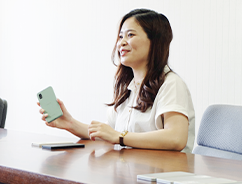
Kameyama: I want to work on creating smartphones that are even easier to use for anyone. I also think it would be fun to create new ways of using smartphones in combination with other devices.
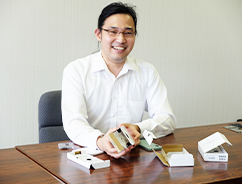
Matsumoto: Through this project, I learned to see product engineering from a minimalist point of view, in which we trimmed down functions and realized the potential of environmentally friendly parts and materials. My feeling now is that we have to change the way we think about technology to meet the changing times. I think AQUOS wish is the beginning of expanding possibilities for using recycled materials in numerous other electronics products.
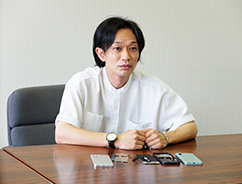
Wake: Rather than just each Sharp division making products with environmental friendliness and other characteristics, the entire company should work as one in prioritizing ethical products. That’s why I hope AQUOS wish becomes the driver for other ethical products from Sharp. The focus up to now has been making a smartphone’s exterior reflect its advanced functions. But with AQUOS wish, we were able to achieve a design that prioritizes blending in with one’s surroundings. I want to continue making this a central point.

Thank you for talking with us today.
Editor’s Note
Doing this interview really brought home what is happening in response to society’s rising awareness about things like the SDGs and social good: people are demanding more diverse choices in smartphones, new thoughts about manufacturing are spreading, and new possibilities are emerging for recycled plastics. We look forward to these trends spreading to other products.
